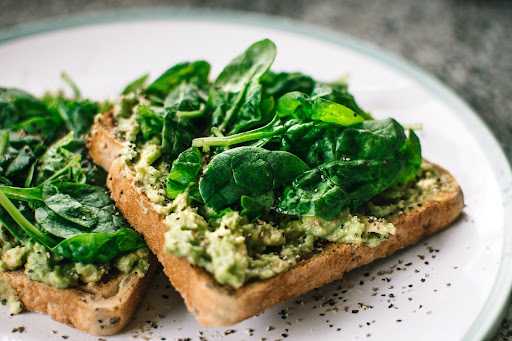3 minute read
Want to live to be 100 years old? The fountain of youth may actually be a garden because high-fiber diets are one of the most prominent commonalities among those who live for a century or more. There are five communities scattered across the world whose people regularly make it to triple digits. These communities are called Blue Zones. Across the world, only one in 5,000 make it to that milestone. In the U.S., 0.27% of the population makes it to that age, whereas a person living in a fiber-loving Blue Zone is 10 times more likely to accomplish that feat.
More Fiber = More Living
But it’s not all about the number of years. Turns out, these Blue Zone citizens have remarkably improved quality of life in their years, too. In fact, dementia is almost unheard of while the rate of heart disease–the leading cause of death in the U.S.–is halved and cancer occurrences are cut by 20 percent. So what do these spry centenarian-populated communities eat? The common ground among these five different cultures is their largely plant-based diets featuring one to two half-cup servings of beans every day. That’s right: beans, one of the most common fiber-rich foods in the world, are also the common link between the diets of the oldest living communities across the world.
Is Fiber A Super Food?
While fiber is most commonly associated with digestive health, research is showing that fiber supports overall health through stabilizing blood sugar levels and warding off top-killers including cancers and heart disease. Between fiber-rich beans, whole grains, nuts, and vegetables making up the backbone of the blue zone diet and the strong link between high-fiber diets and a reduction of chronic illnesses, it seems this secret ingredient to a long life isn’t so much a specific food, but rather a specific nutrient.
There are a handful of other core tenants common among the people of the blue zones, including daily natural movement, like walking and gardening, and strong communal social bonds that support individuals’ sense of purpose and belonging, one of the most jarring differences from the greater world’s population is its fiber-rich diet.
How Much Fiber Should You Eat?
The American Heart Association suggests people should consume an average of 30 grams of fiber each day. The typical American averages one-third of that. While it may be difficult to fully replicate the home-grown feasts of the blue zones, there are practical ways to slip more fiber into your daily diet, no matter what part of the world you live in. Using high-fiber ingredients to fortify the foods we already eat regularly is one of the easiest.
The Heart Versus The Gut
The modern world likes to use the human heart to symbolize the core of a person, but that wasn’t always the case. The ancient Greeks believed the core of your person, including your emotions and brain health, was rooted in your gut health. In fact, Hippocrates wrote that “all diseases begin in the gut.” Recent research has since come to show that strong gut health supports both emotional health and natural immunity against illness. With living proof found in the world’s oldest and wisest residents, maybe it’s time to stop overlooking the humble nutrient and get serious about incorporating more fiber into our everyday foods.





